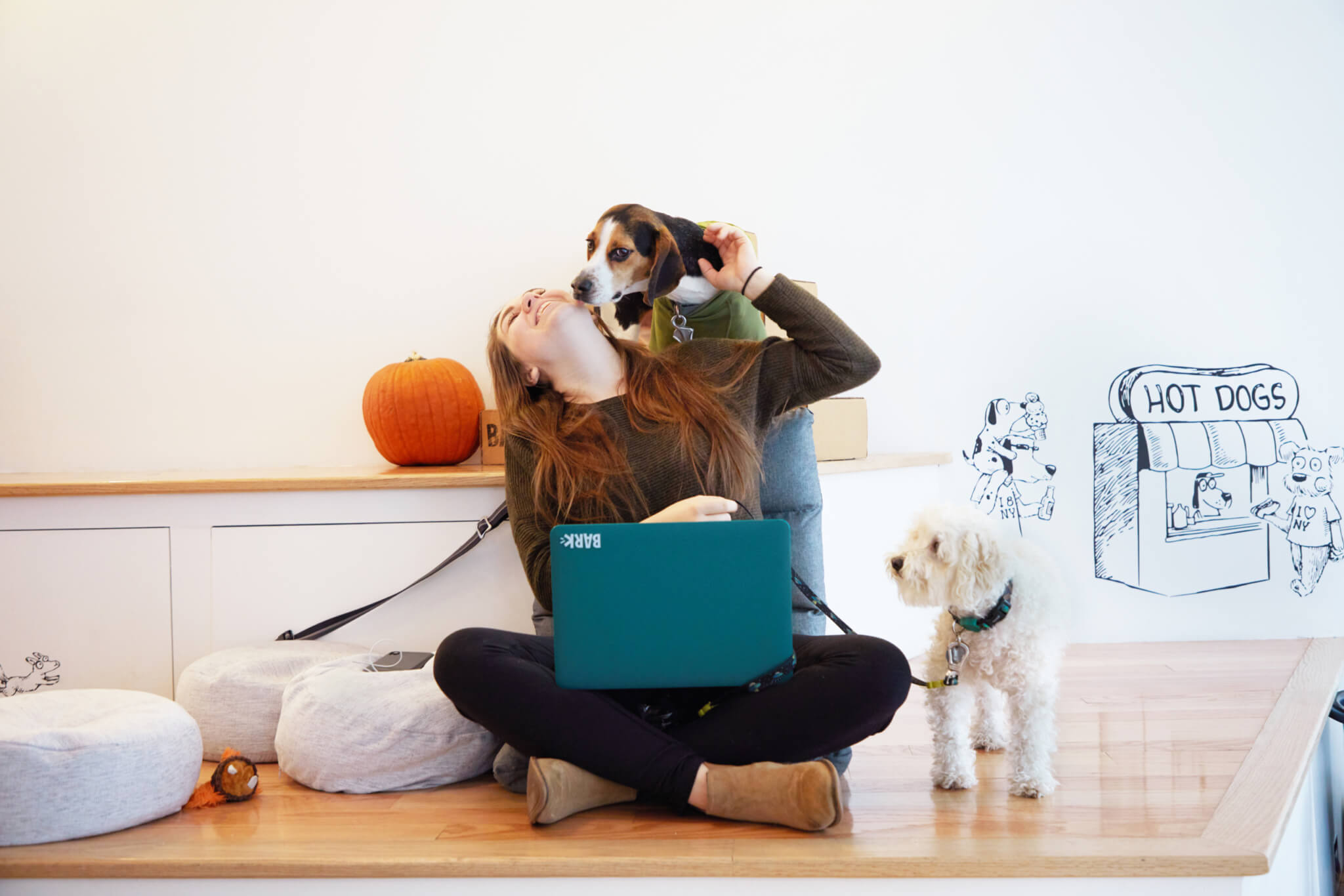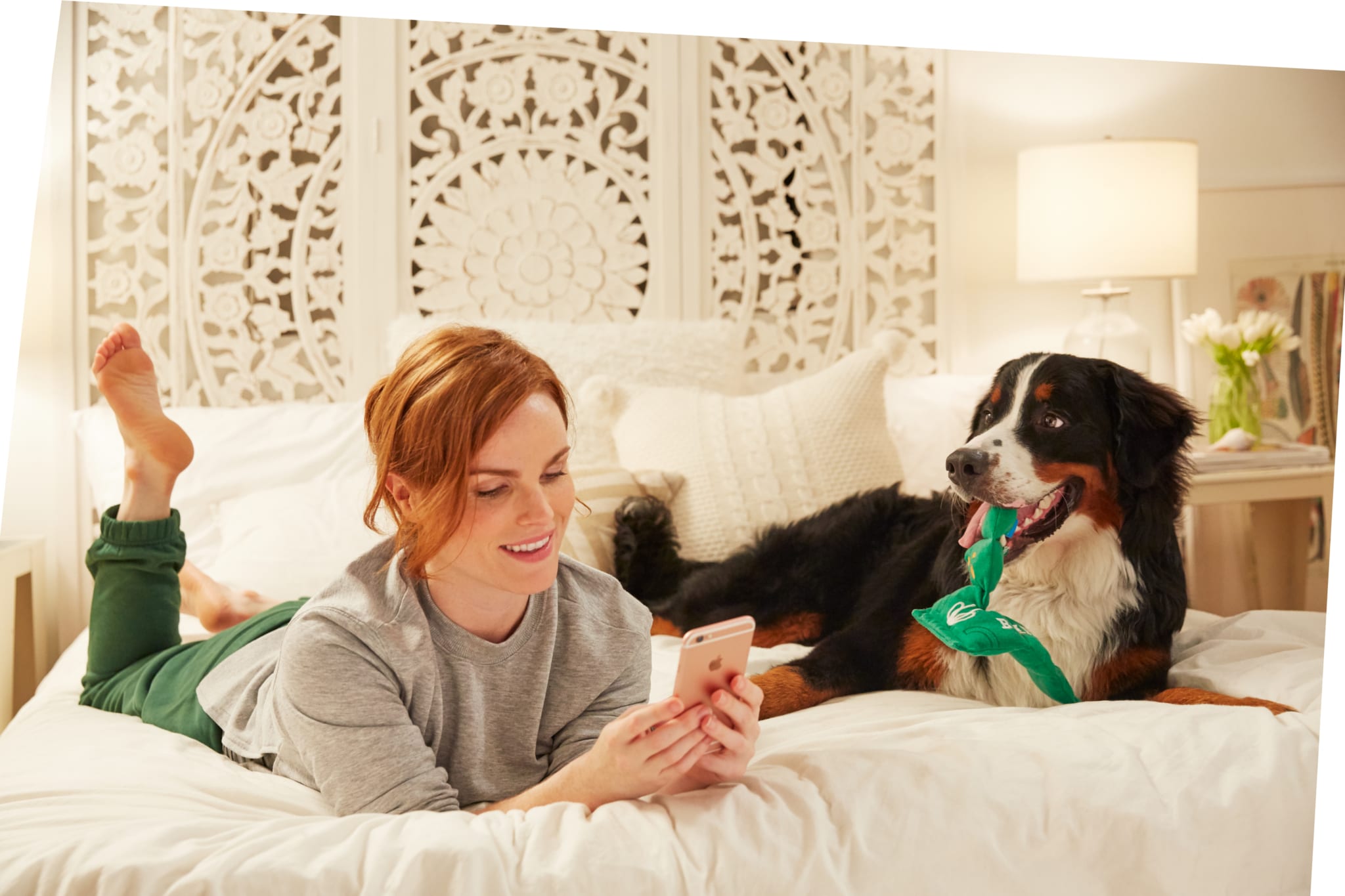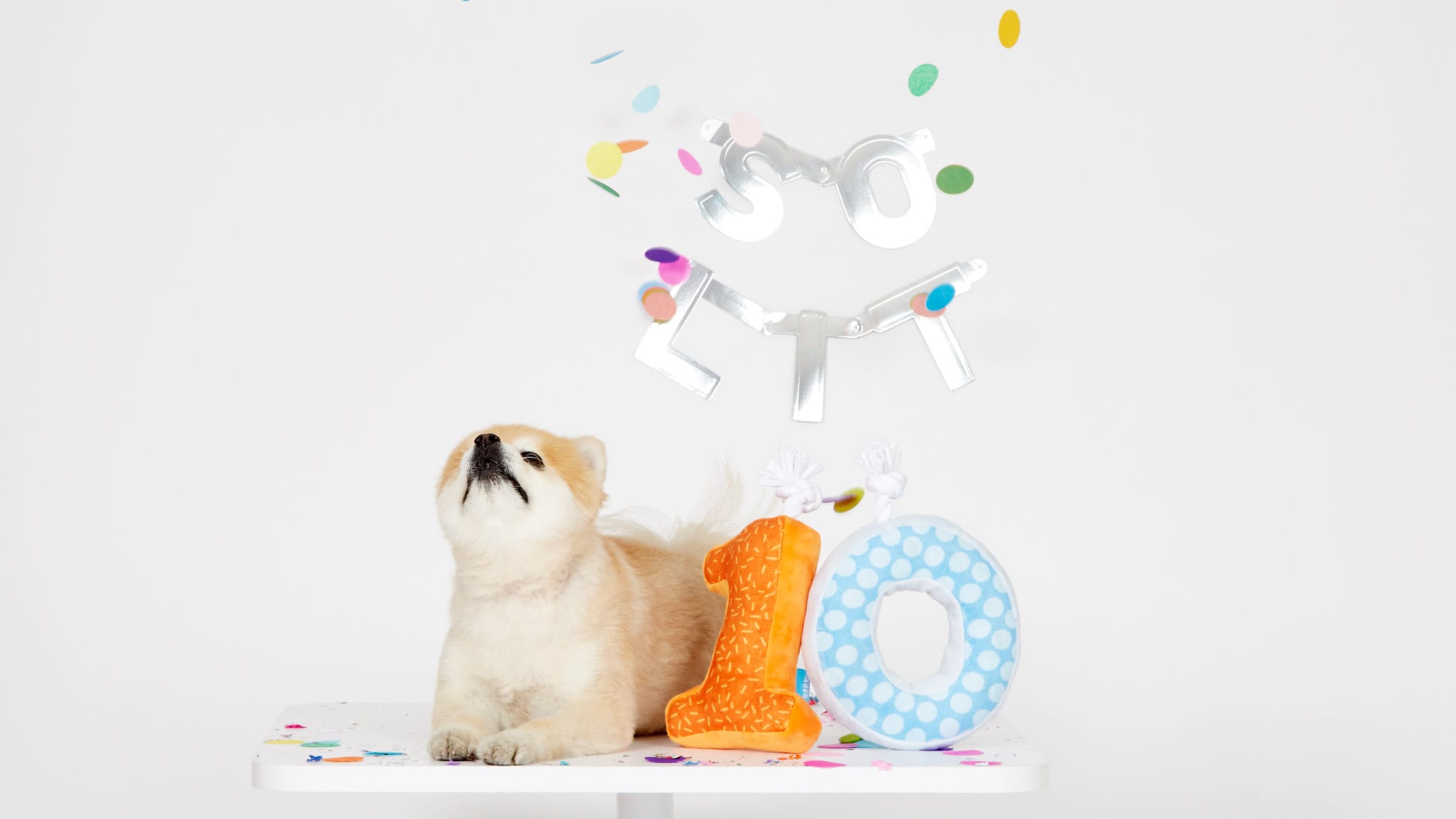This article comes from Lisa Bernier, BARK’s Director of Advocacy & Social Impact, aka BARK for Good. She works with our network of over 1,000 non-profits, NGOs and animal welfare experts to help dogs in need and educate humans on dog behavior. Those partners are comprised of various organizations in animal welfare and education, including (but not limited to): rescues and shelters, veterinarians, trainers, behaviorists, working dog organizations, therapy dog organizations, search and rescue organizations and urban community programs. She also serves as the resource on programming and education for BARK employees on dog behavior and community giveback. Additionally, has over 8 years of animal welfare volunteering experience, and has earned a certification of completion in Fear Free’s Shelter program on managing stress for animals in shelters. She is owned by a devil in a dachshund suit named Andi, a black and tan hound named Pepper, and whatever foster puppy is currently in the rotation trying to destroy her shoes.
Working from home with your dog seems like a dream (cuddles while typing memos! hanging out with your best friend while doing spreadsheets!) but it can present its own challenges. If you work from home for an extended period of time (a.k.a self-isolation during oh, a 2020 pandemic) that presents a unique challenge to adjusting to a new way of living for them AND you. If you get stir crazy, imagine how they feel! To that end, here are 10 tips and tricks to surviving WFH during self-isolation with your dog.
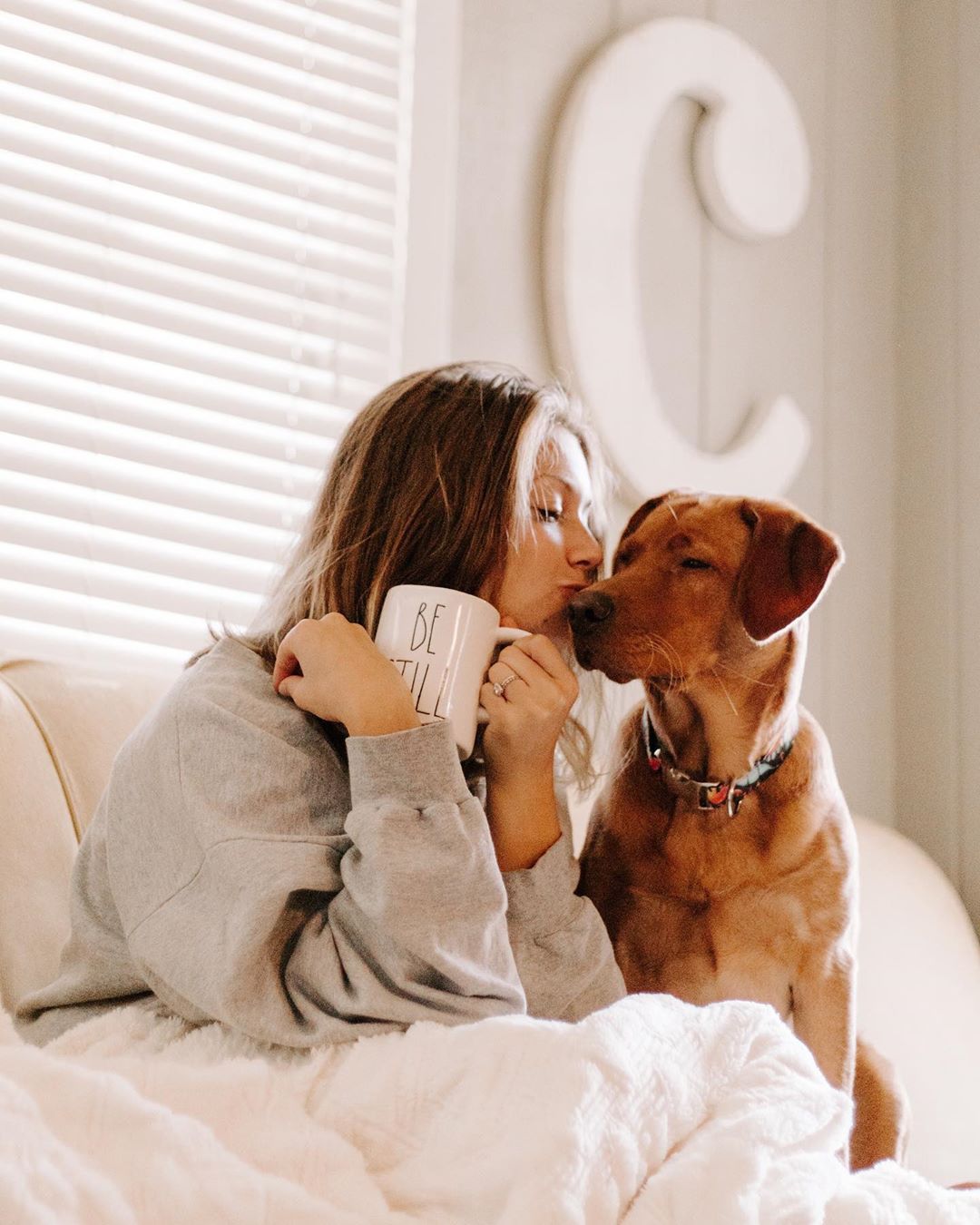

1. Establish a routine
If you’re cooped up anywhere for an extended period of time, it’s tempting to let schedules fall by the wayside and have the hours blur together. However, for your dog’s sanity (and your own) try to establish some semblance of a routine. Even if you can’t go outside as much (or at all) due to health reasons, that doesn’t mean you can’t still feed them at the same time or have potty breaks scheduled during similar times (whether it’s you or a trusted, healthy handler taking your dog out). You can work in a dental routine to keep those pearly whites of theirs shiny. Plus, you could schedule in 15-20 minutes of playtime and/or training every day as a mental break for you and an opportunity for enrichment for them! Dogs thrive on routine and structure, so trying to either keep one or put one in place even under less than ideal circumstances will help both of you adjust to a new situation.


2. Don’t overfeed them
I know I knoooow it’s tempting when they stare at you with such adorable eyes. But if you give in every time your pup wants a treat, you’re setting them up for a host of health problems in the long run. According to Banfield Pet Hospital, obesity is linked to over 20 diseases and conditions in dogs, including but not limited to: arthritis, diabetes, urinary incontinence, respiratory disease, and cardiovascular problems. In short, dogs at proper weight lead longer, healthier, happier lives. It can be tempting to give them an extra treat or two, or a bunch of chews to keep them occupied if they’re too rambunctious. But in the long run, it will be more harmful than helpful. Check out this chart on how to tell if your pup may be packing on too many extra pounds.
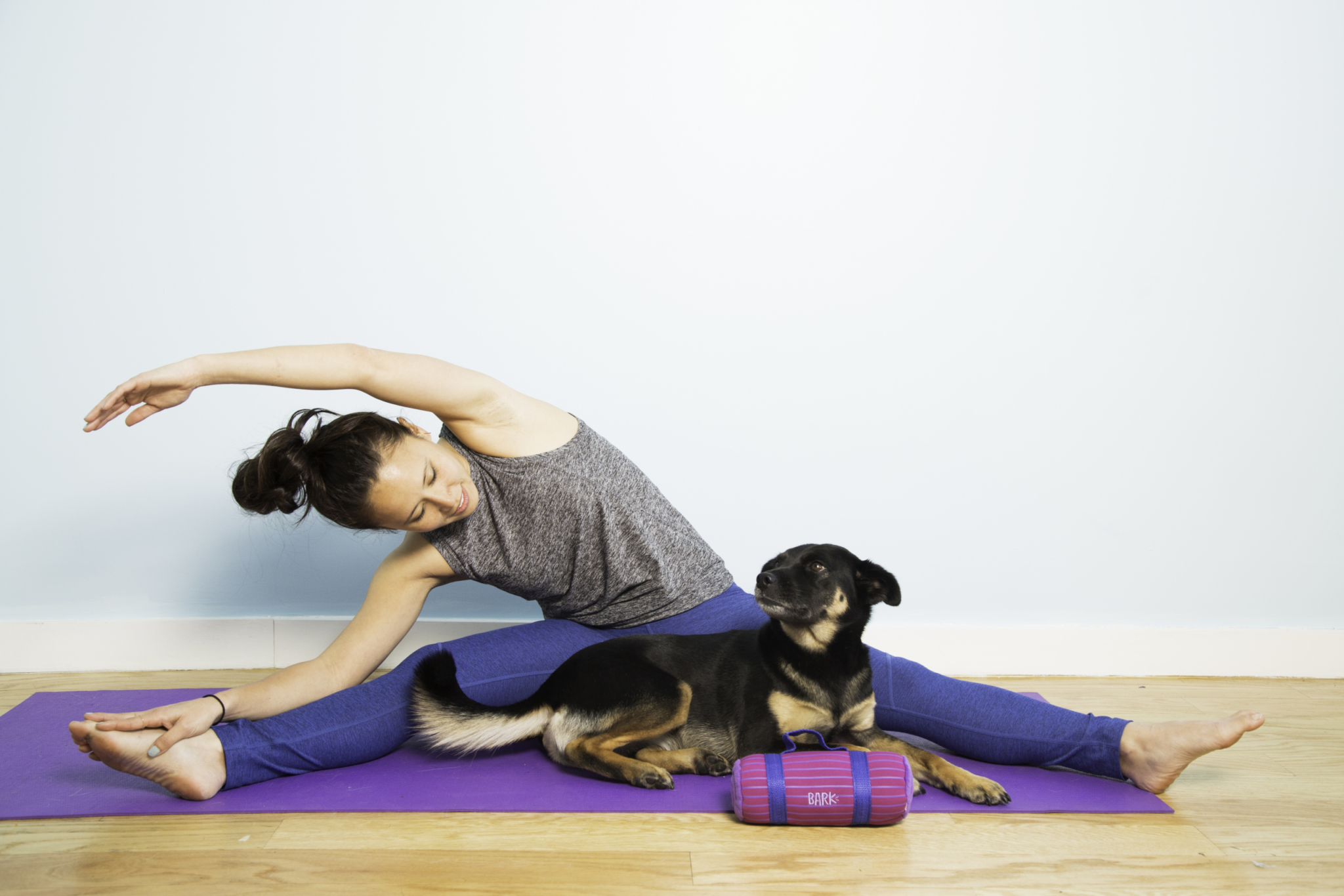

3. Exercise!
If you can still take your dogs on walks, do so! According to the experts at Fear Free Pets, it is perfectly safe “as long as you’re healthy and not under quarantine, you can walk your dog. Just be careful to wash your hands and try not to touch surfaces others have touched.” Also, in accordance with health guidelines, if you do see another dog and/or human during your walk, definitely keep at least 6 feet between you. Even if your dog looooves greeting others on walks, it’s safer if, during these times, you don’t let them. In that vein, avoid dog parks and other public places where there could be gatherings of several dogs and humans so that you limit your interactions. Also, make sure you wash your hands and wipe down your dog’s paws when you get back!
If you can’t take walks with them, get a healthy, trusted handler to do so. You can also have active fun with them indoors! Try making a mini agility obstacle course. “You can also have exercise sessions between the both of you – if you’re doing sit-ups and push-ups, you can have them do doggie sit-ups and push-ups too– or doggie burpees! How? Doing different combos of sit, stand, jump and down consistently for a minute or two works their minds and their bodies.


4. Old dogs can learn new tricks
Dogs need physical stimulation and exercise to be happy, but equally important is providing them appropriate outlets to use their brains and innate senses and instincts. As everyone knows, a bored dog will make entertainment for themselves–and that entertainment can be destroying all the cushions on your couch. During times of prolonged indoor time, enrichment is key to keeping your dog happy. So what kind of enrichment would be good for your dog? Shelby Semel, owner of Shelby Semel Dog Training, suggests, “Teach new tricks! Use capturing, shaping and luring to teach new cues and tricks. Some examples are: Weaving through legs, rollover, grabbing a tissue when I say achoo, hand me an item, opening and closing drawers.” Additionally, teaching a dog new things for 20-25 minutes straight will tire them out as much as potentially a 1 hour walk. Don’t spend 15 minutes on 1 trick though–change it up and make sure you put in things in between that they know so they don’t get discouraged!
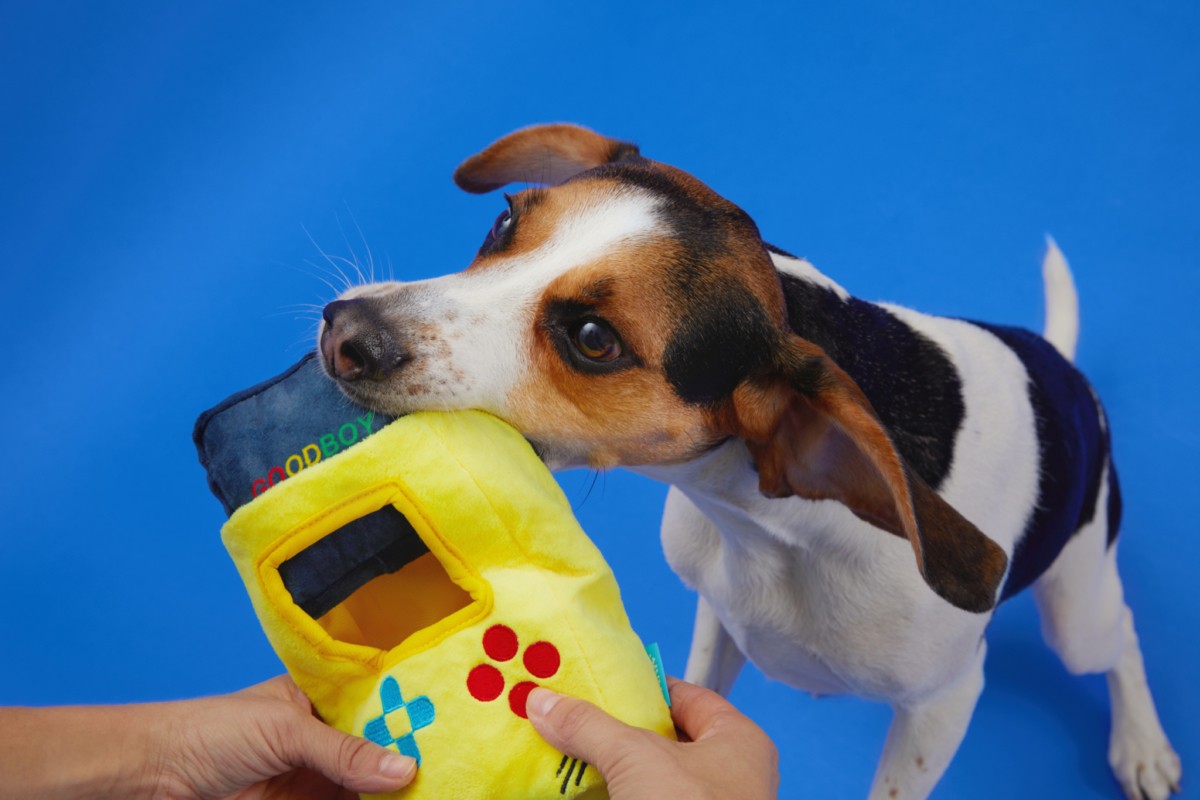

5. Games!
Shelby suggests doing some games that also serve as controlled exercise: “Tons of fetch, running up and down the halls also can help. Within your apartment if there are multiple people you can call your dog back and forth, or even hide a bit like a game of hide and go seek. When they find you they get a tiny treat and then they can go off looking for the next person and then you can change locations. You can call their name and make kissy noises to get them to start looking!”
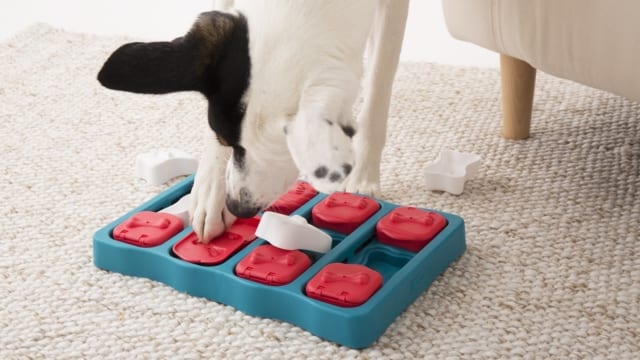

6. Have a problem? Let them solve it
Additionally, any enrichment-focused toys like puzzles, stuffable Super Chewer toys, or food dispensing toys will also keep your dog happily challenged. You can also make your own DIY enrichment toys! Shelby suggests, “A treat or two in an empty water bottle or inside a sock can keep a dog occupied for a long time.” In addition, creating snuffle mats or taking a box (perhaps a BarkBox 😉 ) and stuffing it with crumpled up paper that hides kibble is a great way to keep a dog entertained. My personal favorite is taking my overactive, overly clever hound into one room, scattering bits of kibble in the room and then closing the door. It keeps her occupied long after she finds all the kibble since she does a thorough search of the room to make sure she doesn’t miss one crumb. This is also something you could do in a yard, as long as you don’t think your dog will consume something in your yard that could be dangerous while searching.
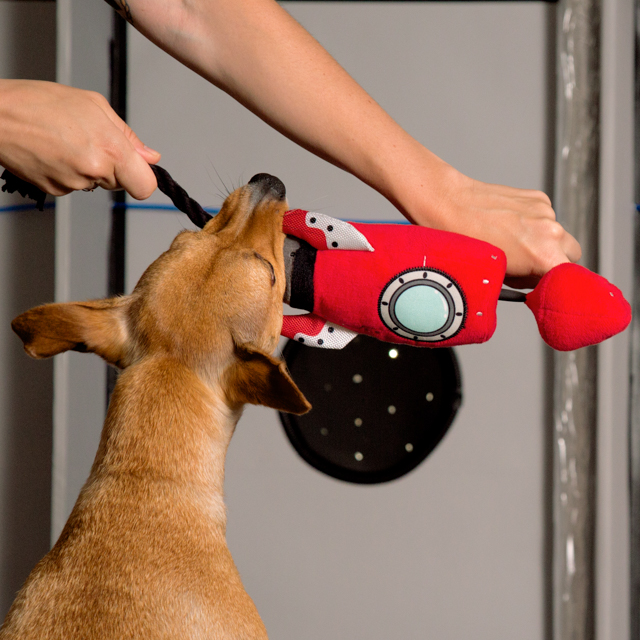

7. Play with your dog
That’s right! Play is another form of enrichment, but it also helps build the bond between you and your pup. Play can also be a great way to teach a dog something. Making a command into a game is way more fun, and usually gets the dog learning faster. Plus, any fun activity you do with your dog (like fetch with their favorite toy) helps to strengthen your relationship.


8. Give them a job
Working breeds especially thrive when they’re given a job – otherwise, they’ll find, er, self-employment. Nose work is a great way to do this. As Shelby says, “You can make your apartment a nose work course, check out this YouTube video here. There are also tons of others and different versions that are even simpler to start. You can experiment and see what works for you and your dog. And if you get really into it, you can get scent oils and really go all in! This is particularly good for hounds and other working breeds but even a Maltese or a Golden Retriever can enjoy!”
Additionally, you can always create “jobs” that play into their breed strength. For example, sensitive, super smart active breeds like German Shepherds excel at rally obedience, which is easy enough to get the basics of indoors. Hounds of course are made to track scents, so any puzzles involving smelling will be great for them. Retrievers are great at finding and fetching. You get the picture.


9. “Learn to Earn”
This training technique is great for dogs that need a little more focus and structure in their lives. The program is an excellent way to build impulse control for your dog, and improve leadership skills for you. The term, coined by renowned veterinary behaviorist Dr. Sophia Yin has a simple premise: Nothing in life is free. Everything your dog “wants” they have to “earn.” A simple way to start is by working in a foundation behavior like “sit.” Does your dog want on the couch to be next to you? Have them sit. Do they want their food? Have them sit before feeding them. Do they want you to throw the ball so they can fetch? Get them to sit first. There’s more to it, and for an in-depth explanation and how to implement, check out Dr. Yin’s website.
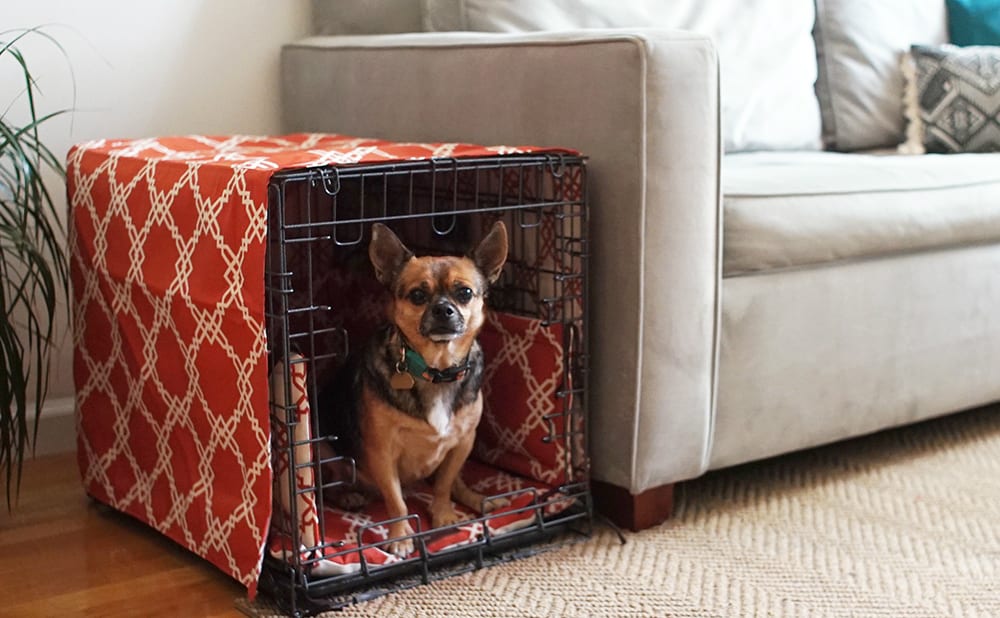

10. “Me” time and “Them” time
Let’s face it: staying indoors almost 24/7 can make anyone’s nerves frazzle. Make sure you and your dog have opportunities to take some “me” time. For them, as the experts at Fear Free suggests, this can be creating a cozy, comfy den space (like a crate) that they always have access to a place they can retreat to if feeling overwhelmed and stressed. Plus, if they have a crate to hang out in, you can also go off and get in some self-care. Additionally, you want to make sure to still leave your dog alone from time to time so they don’t get used to you being constantly with you. If you don’t, they could develop separation anxiety when your regular routine resumes.
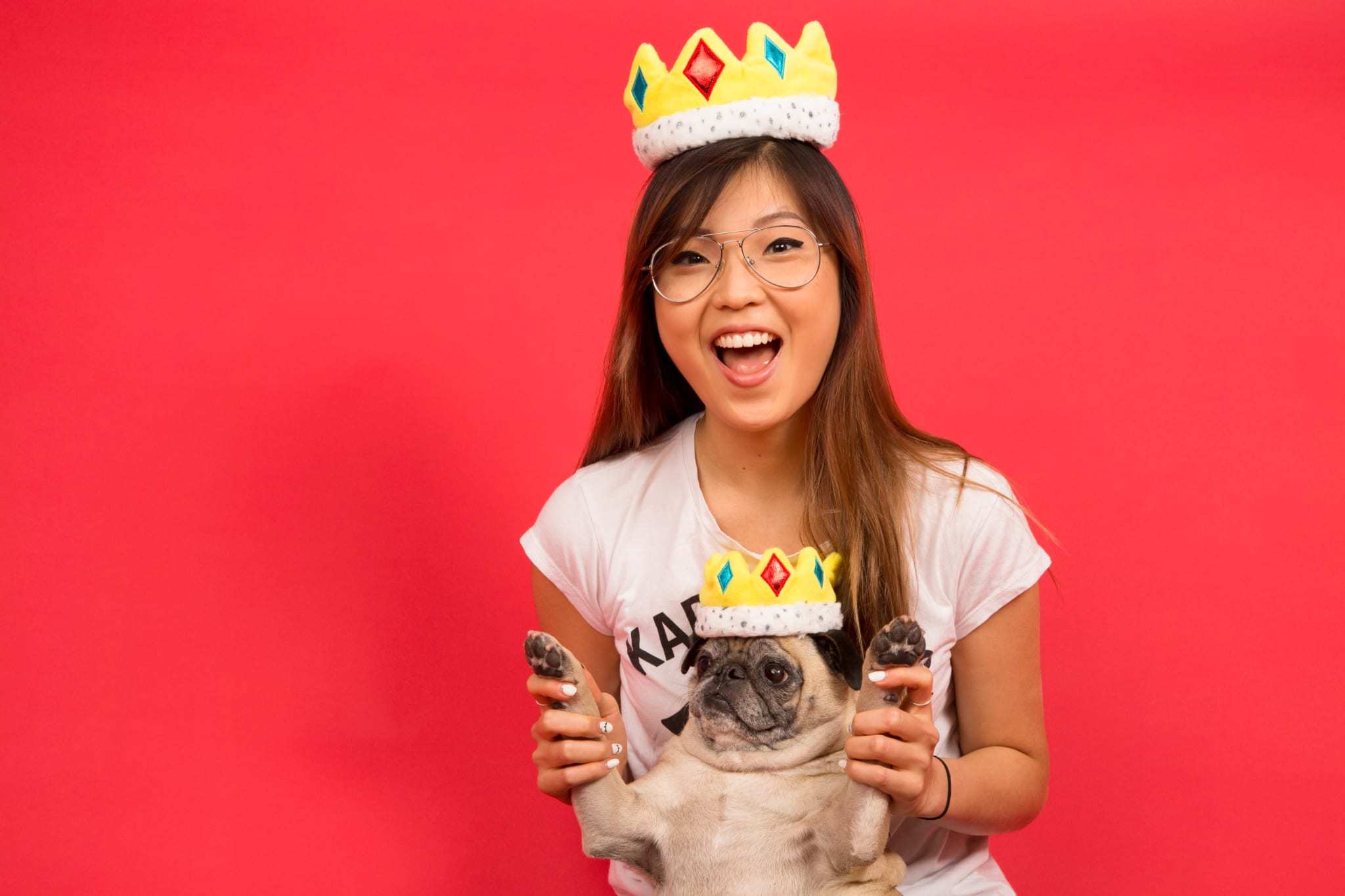

That’s it! For more information and tips and tricks, you can always schedule a virtual session with a trainer such as Shelby, or check out informative portals like Fear Free Happy Homes. If you need to check in with the vet, but are unable to leave due to stay-at-home orders or limited access, Best Friends Animal Society is offering free vet consults during this via their app. Remember to follow the CDC guidelines around pets, and stay healthy everyone! Also check out the Facebook live on COVID-19 pets Dr. Marty Becker held below!
For more on our experts consulted for this post:
Shelby Semel is a dog trainer based in NYC. She decided to dedicate her life to working with animals upon graduating from the University of Michigan in 2007. She is Certified by the Certification Council for Professional Dog Trainers, and is a member of the Association of Pet Dog Trainers (APDT). She is constantly keeping up with the newest development in canine training and studies regarding dog psychology and behavior. Her techniques are unique and flexible as no dogs are alike; each training session is tailored to suit each owner and dog. She is the go-to trainer for BARK NYC office as well. She currently resides in New York City with her Pomeranian Taz and Chihuahua Xena, who makes sure she’s up to par on her training skills! Shelby is the head trainer at Animal Haven, and is also a proud volunteer of Shelter Chic, Unleashed NY, and Animal Care Center of NYC.
Fear Free: Founded in 2016 by “America’s Veterinarian” Dr. Marty Becker, Fear Free provides online and in-person education to veterinary professionals, the pet professional community, and pet owners. Our courses are developed and written by the most respected veterinary and pet experts in the world, including boarded veterinary behaviorists, boarded veterinary anesthesiologists, pain experts, boarded veterinary internists, veterinary technicians (behavior), experts in shelter medicine, animal training, grooming, boarding, and more. By closely listening to the needs of the profession and those of pet owners, Fear Free has become one of the single most transformative initiatives in the history of companion animal practice, providing unparalleled education on emotional wellbeing, enrichment, and the reduction of fear, anxiety, and stress in pets.



